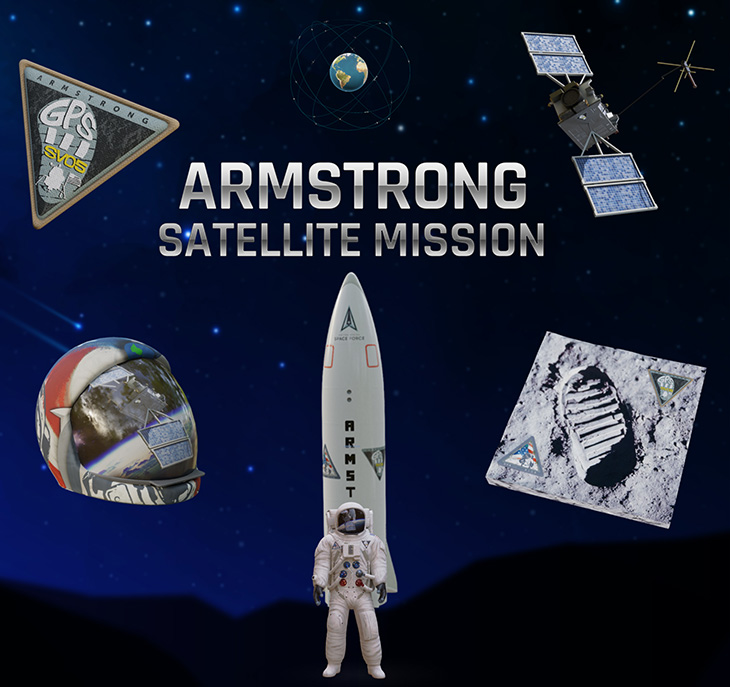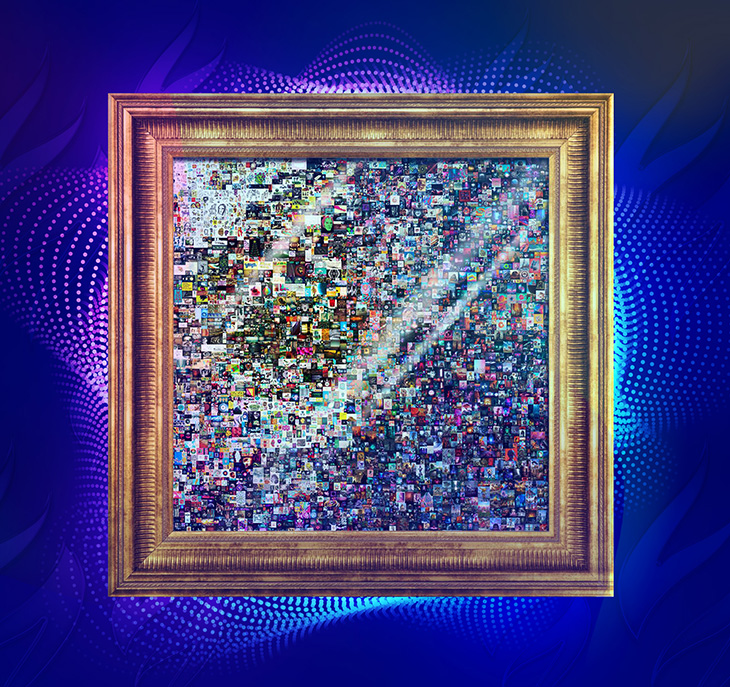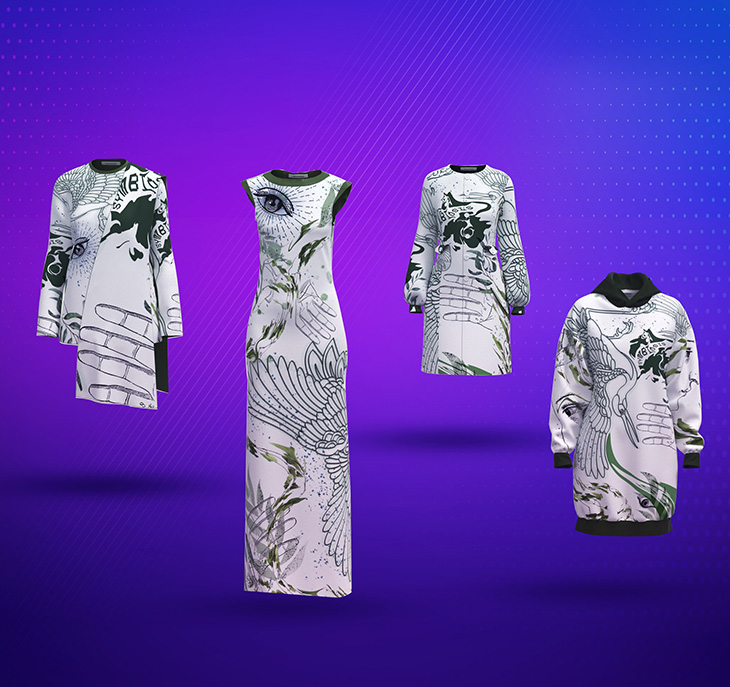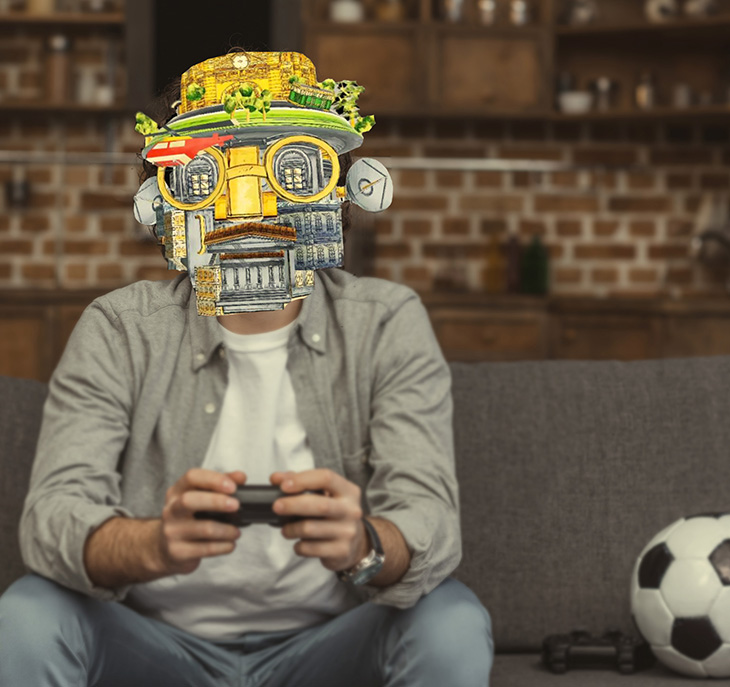Digital assets were once all about being quickly copied, restored and mass distributed as seen fit. Game files, renditions by artists, images of sceneries or sculptures – digital assets such as these are now being made as unique, singular copies instead, as NFTs or ‘Non-fungible tokens’ for those new to the fray. Powered by smart contracts, these tokens comprise a code in the blockchain and are ultimately tied to the digital asset assigned while being created. So just to give you an idea on how popular they’ve become, the US Space Force recently launched an NFT collection titled “Armstrong Satellite NFT” and have also vowed to issue augmentead reality tokens that would probably sell for up to $1,000 each.

NFTs enabled by Augmented Reality
You’ve maybe heard of NFTs being used in games today, either as memorabilia or as assets with which to play them. CryptoKitties, Block Babies, Gods Unchained are all blockchain-based games utilizing the benefits of NFTs for a decentralized gaming experience. Having been in use in art pieces and works of content creators, it didn’t come as a surprise when NFTs broke into the world of augmented reality.
- * Considering how augmented reality functions by superimposing CG images and graphics onto real-world visuals, NFTs in this field, work using a similar method.
- * AR-enabled NFTs can take elements and cues of augmented reality and thus, visualize for viewers on objects in their environment or even on their body or face.
- * You can view these NFTs similar to how you would with AR solutions, using either an app on your phone or similar AR-enabled devices.
So you see, these tokens make a lot of sense when viewed as something to be enabled by augmented reality. It comes naturally to AR developers and creative artists who want their NFTs to be viewed or experienced by people through that medium.
What benefits can Augmented Reality NFTs hold?
Initially thought of as just a fad brought on by advancements in blockchain technology, NFTs have officially exploded into the market ever since 2020. That’s coincidentally the same year that the market value for arts globally, went down by 22% - to $50.1 billion from the previous year’s $64.4 billion. The advantages of using NFTs do tend to bleed into different fields. For example, NFTs gave an edge to digital artists who could now create elements of their art – visuals and sceneries all digitally and link them as part of NFT collections. This led to many artists exploring this trade with the most popular story being of the artist Beeple who sold his collection as an NFT to Vignesh Sundaresan for $69 million.
Augmented reality NFTs go a step further and allow digital creators, visual artists, even musicians in some cases to put their work out to audiences and get a new revenue stream in return. For instance, Genies, founded by Akash Nigam, recently launched virtual versions of the singer Shawn Mendes’ accessories that people recognize the most. These included his Fender guitar, earrings, etc. Users who got them were then able to view them on their avatars digitally.
Popular types of NFTs enabled by AR
Now that you know the nature of NFTs and how they can be enabled by augmented reality, here are a few types that are currently quite popular in the world:
- As digital art: A report by the UN had recently highlighted how 43% of art museums had had to close down. They had then started turning to creating and selling NFTs of certain art pieces to the collectables market in lieu of revenue streams. AR apps have taken this to the next level, quite literally. It now allows you to interact with NFTs through your smart devices, place them anywhere you want in your environment. It’s quite a fun and helpful feature as you can see how art installments or paintings would look like at your home, at your office, among other bearings. Also, it has led to collaborations between artists and AR teams, such as Sotheby’s with Poplar Studio, Pascal Boyart, and his murals, etc.
- Fashion NFTs: Employing AR filters, fashion NFTs have also been a popular segment that’s got people abuzz on social media platforms. You can try out different articles of clothing and see how they look on you or your avatar, like sneakers, shirts, vests, among others. Apart from individual artists, bigger brands like even Gucci have stepped in with NFTs of their bags – some of which costing more than $4000, more than the physical copies of those bags themselves.
- NFTs as face filters: NFTs that go on your face. This is perhaps one of the most publicized AR-enabled NFTs, mainly because of MF DOOM. What came to be known as DOOM masks were NFT face filters that resembled his signature mask. Everyone from Marilyn Monroe to Jack Nicholson was seen ‘wearing’ these masks online in a viral video. Another example is Marc-O-Matic, an artist based out of Melbourne who makes similar face filters using AR and 3D animation.



So there you have it, these are some of the popular types of NFTs that exist, enabled by AR. Many brands are keenly developing their own AR NFTs while encouraging people to use and create ones on their own. And today, we can see that from government bodies to companies and even private digital creators; many are eyeing the NFT space eagerly. For both the benefits it offers and the possibilities it may hold.



